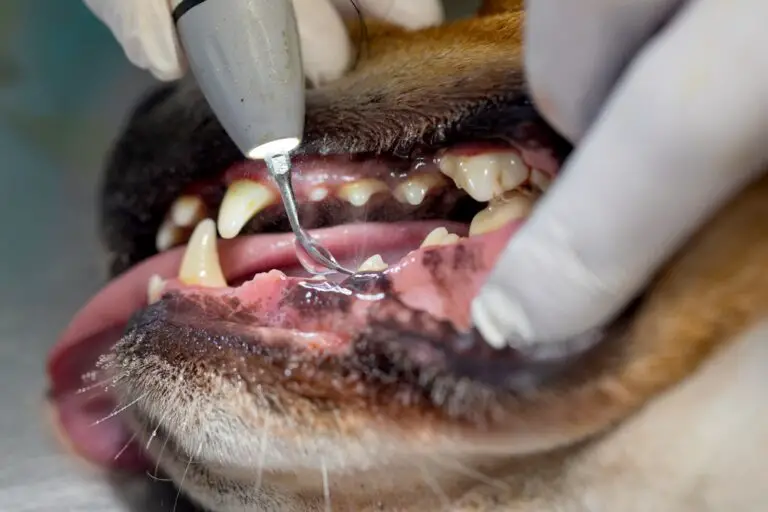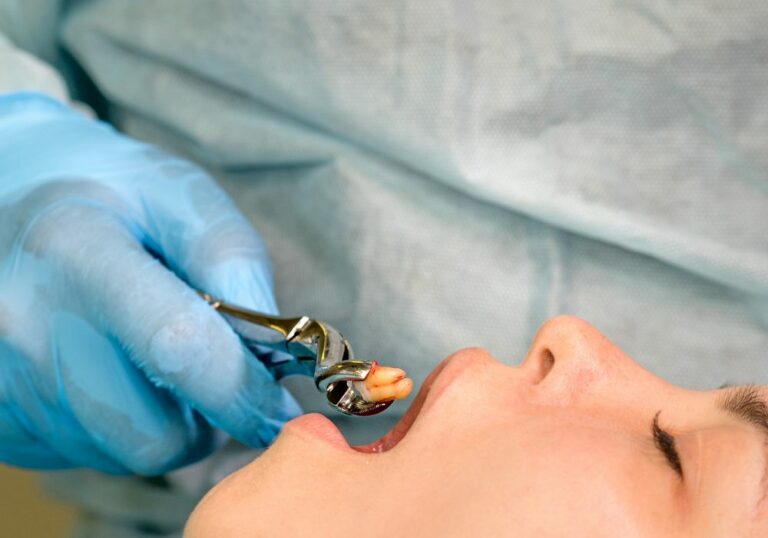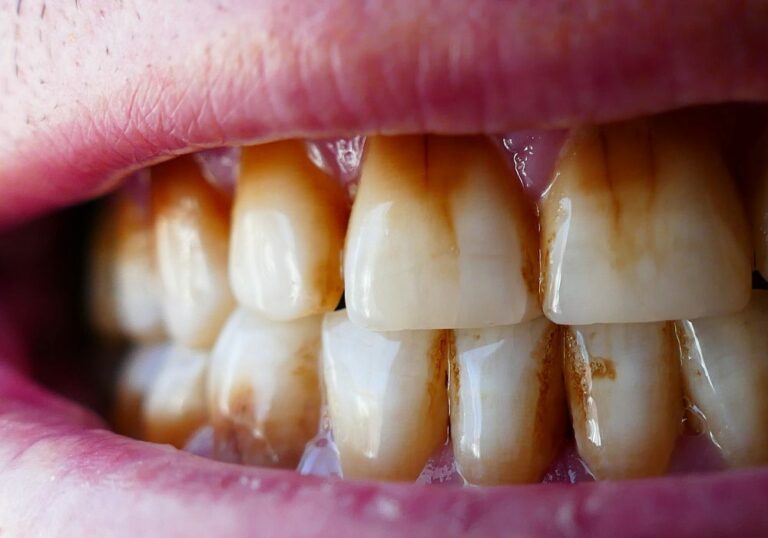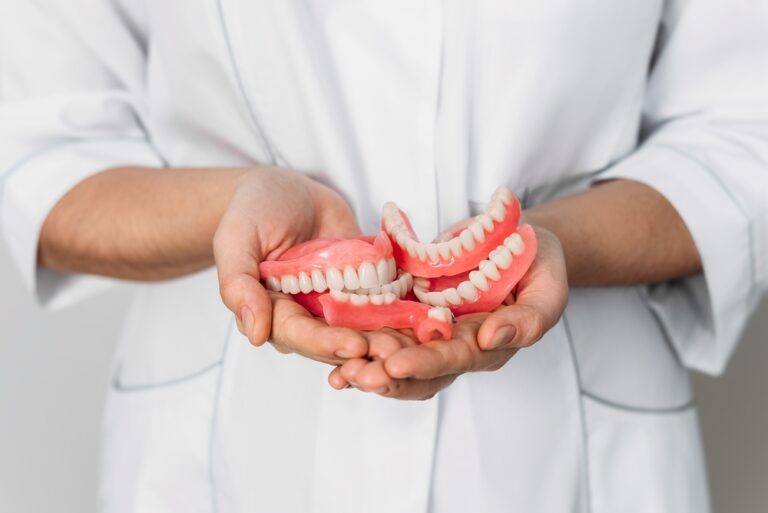Having a loose tooth can be alarming. You may wonder if it’s possible for the tooth to re-tighten on its own or with treatment. This article explores the causes of tooth mobility, methods to stabilize loose teeth, and important factors that affect the prognosis.
What leads to tooth looseness?

Teeth are held firmly in the jaw bone by a network of fibers called the periodontal ligament. Damage or deterioration of this support system is what leads to tooth mobility. There are several potential causative factors:
Gum disease
Also called periodontal disease, gum disease is the most common reason for loose teeth in adults. It’s caused by plaque, a sticky film of bacteria that builds up on teeth. Poor oral hygiene leads to plaque accumulation and tartar formation along the gumline.
The bacteria in plaque release toxins that create inflammation and infection of the gums and underlying bone. As the disease advances, the gums pull away from the teeth and supportive ligaments/bone are broken down. Pockets form, allowing more bacterial penetration. This progressively loosens the teeth’s anchoring.
There are two main stages of gum disease:
Gingivitis – This early, milder stage involves red, swollen gums that bleed easily. The teeth may feel slightly loose but can often be firmed up with prompt treatment.
Periodontitis – The more severe, chronic stage causes receding inflamed gums, formation of deep pockets around teeth, pus discharge, and loose teeth with movement/spacing. Bone loss is more significant.
Injury or trauma
Sudden injury to the teeth and jaw can tear away periodontal fibers and loosen teeth. Causes include:
- Sports collisions, fights, or falls where teeth are hit or knocked out of position
- Accidents like car crashes that jolt the jaw and teeth
- Being struck in the mouth with an object
- Having the jaw fractured or dislocated
- Dental procedures like extractions that may leave adjacent teeth looser initially
If the tooth is not fully dislodged, it often has a chance to firm up again once healing occurs. But extensive damage may prevent reattachment.
Tooth decay
Cavities that are allowed to penetrate deep into the inner layers of a tooth can destroy tooth structure. This loss of integrity makes the remaining crown and root more mobile. The infection itself also damages nearby supporting bone.
Excessive grinding or clenching
People with bruxism who constantly grind or clench their teeth put intense pressure on the jaw and teeth. Over time this can loosen teeth, damage periodontal fibers, and reduce bone support. It’s a common cause of front teeth loosening as they bear the brunt of force.
Orthodontic treatment
The use of braces or clear aligner trays applies controlled force to teeth to reposition them. This stress on the periodontal ligament can make teeth feel slightly mobile initially. It typically resolves after adjustments within a few weeks. Rarely, it may persist if force is excessive.
Ill-fitting dental work
Dental restorations like crowns, bridges, dentures, or implants that do not fit properly can damage periodontal fibers leading to increased tooth mobility. Poor contouring, improper bite alignment, and excess dental cement can all contribute to improper fit.
Hormonal changes
Pregnancy, menopause, and hormonal conditions like thyroid disorders or diabetes alter hormone levels. Estrogen and progesterone influences can reduce bone density and elasticity of periodontal fibers. These changes make teeth more susceptible to loosening.
Signs your tooth is loose
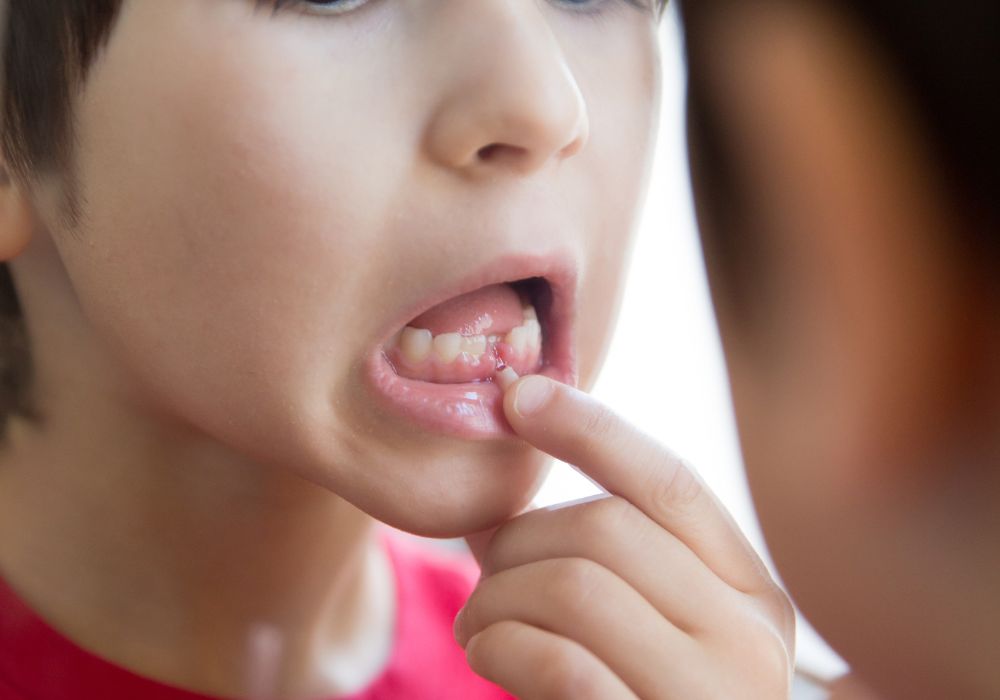
Watch for these key signs that may indicate pathological tooth mobility:
- Tooth moves/shifts upon biting or pressure
- Tooth feels wiggly when you touch or wiggle it
- Tooth position has shifted out of alignment with other teeth
- Changes to your bite – the tooth hits sooner/later
- Food pack easily between the loose tooth and gums
- Tooth pains when chewing or upon impact
- Little blood seeps from the gumline of the loose tooth
- Pus discharge around the base of the tooth
- You feel or hear a clicking/snapping sound from the tooth
See your dentist promptly if you notice these concerning symptoms. The sooner mobile teeth are evaluated, the better chance measures can be taken to stabilize them before the damage worsens.
Factors affecting the prognosis
Can a loose tooth be rescued and tighten up again? There are several key factors that influence the prognosis:
Cause and duration
- Teeth loosened due to trauma or orthodontics often respond better than those due to severe gum disease.
- Damage from a recent injury may be more reversible than long-term advanced gum disease.
- The longer the tooth has been loose, the poorer the overall prognosis.
Degree of mobility
- Slightly loose teeth have a better outcome. Grossly loose teeth are harder to stabilize.
- Front teeth loosen more readily than back teeth anchored by more bone.
Bone loss
- Minimal bone loss increases chances the tooth can be re-firmed.
- Advanced bone loss makes stabilization very difficult.
Patient age and health
- Younger patients in good health tend to have better periodontal healing potential.
- Medical conditions like osteoporosis and diabetes make management more challenging.
The prognosis is also heavily influenced by patient compliance. Meticulous daily oral hygiene and lifestyle changes are critical to optimizing outcomes for loose teeth.
Treatments to tighten and stabilize loose teeth
Seeing your dentist right away for evaluation and prompt treatment gives you the best chance of saving a loose tooth and avoiding eventual extraction. Here are some management options they may recommend:
Nonsurgical treatments
- Improved oral hygiene through brushing, flossing, antiseptic rinses to control bacteria
- Plaque/tartar removal – Scaling and root planing cleans areas under the gums
- Occlusal adjustment – Smoothing high spots and bite alignment
- Night guard – Protects from bruxism damage overnight
- Medications – Antibiotics, anti-inflammatories, antimicrobial rinses
- Fluoride – Inoffice high concentration fluoride strengthens enamel
- Splinting – Stabilizing mobile teeth together for support during healing
- Manage contributing factors – Hormone therapy, tobacco cessation, etc.
Surgical treatments
If nonsurgical therapy fails to arrest mobility, dental surgery may be indicated. This can include:
- Bone grafts – Adds bone to replace what was lost around the tooth
- Soft tissue grafts – Builds up thin or receded gums
- Crown-lengthening – Reshaping gum and bone to expose more of the crown for restorations
- Root surface debridement – Deep cleaning below the gums to detoxify root areas and promote healing
- Guided tissue regeneration – Uses barrier membranes help regrow bone and periodontal ligaments
- Extraction – Removal if the tooth cannot be stabilized even after combination therapy
Following all prescribed at-home care and maintenance is vital for optimal outcomes after surgical treatment. Regular professional cleanings and close monitoring will be needed going forward.
Can a loose permanent tooth tighten back up on its own?
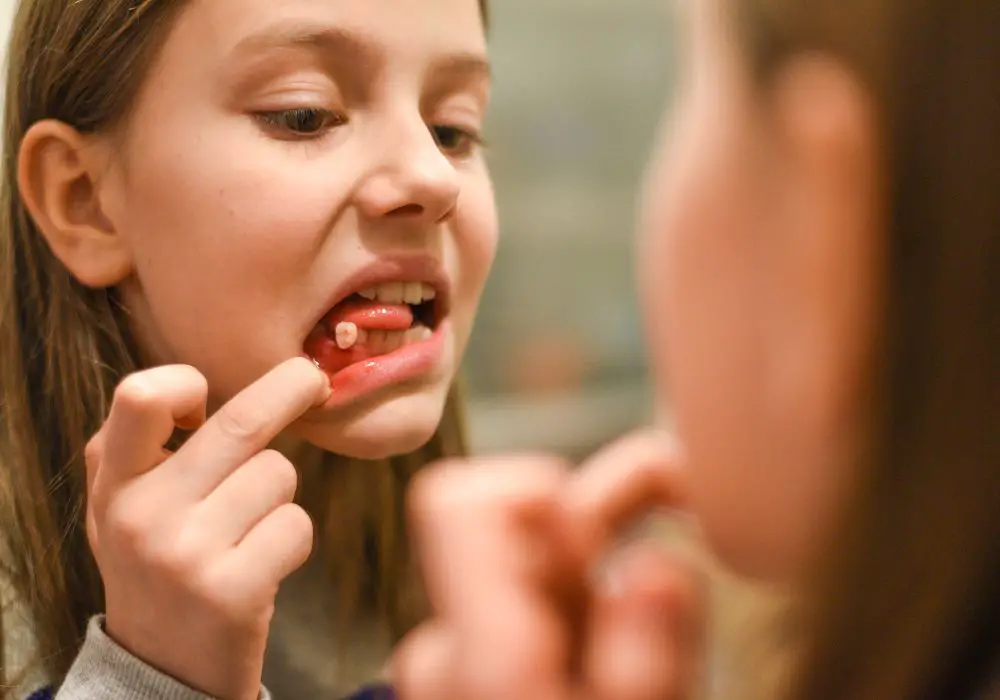
For a mild degree of mobility from gum disease or orthodontic movement, it is possible for the looseness to resolve on its own once the inciting factor is corrected or stabilized. Meticulous home dental care is required.
However, more severe long-standing mobility requires professional intervention for the tooth to re-tighten. Leaving it alone risks progressive damage and eventual tooth loss. Seeking treatment gives the tooth the best chance of being rescued.
Ways to help tighten mild looseness at home
For mild mobility, there are some natural home remedies thought to help reduce inflammation and promote gum healing:
- Oil pulling with oils like sesame, coconut, or sunflower oil
- Saltwater rinses
- Aloe vera gel applied topically
- Guava leaf mouth rinse
- Turmeric mouth rinse
- Gentle gum massage
However, realize these are temporary supplemental measures only. They cannot fix significant periodontal damage or replace definitive professional treatment. Don’t delay seeing a dentist – waiting makes the problem worse over time.
Can braces and aligners tighten loose teeth?
Orthodontic appliances like braces or clear aligners do more than move teeth – the controlled pressure placed on teeth can also help tighten teeth with mild mobility. Here’s how:
- It stimulates bone remodeling and regeneration around the tooth roots for added stability.
- It brings the tooth roots closer together within the jawbone, improving support.
- It corrects bite alignment problems that increase detrimental forces on loose teeth.
- More efficient chewing is possible on properly aligned teeth.
But orthodontics works best for minor cases caught early. Advanced decay, gum disease, severe bone loss requires additional therapy first to stabilize the foundation before teeth can be safely moved. An orthodontist will determine if and when braces are appropriate.
The takeaway
Seeking prompt professional treatment is critical for loose, mobile teeth. With early intervention, many can be stabilized for years of continued function. But delaying allows progressive permanent damage, so don’t wait. Maintaining diligent daily dental hygiene and regular dental cleanings are key to managing loose teeth long-term. Protect your natural teeth – they are impossible to replace completely!

